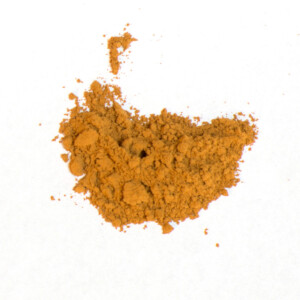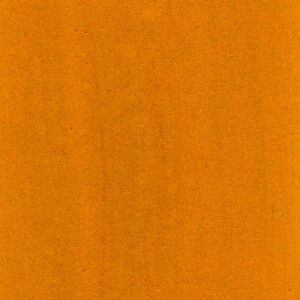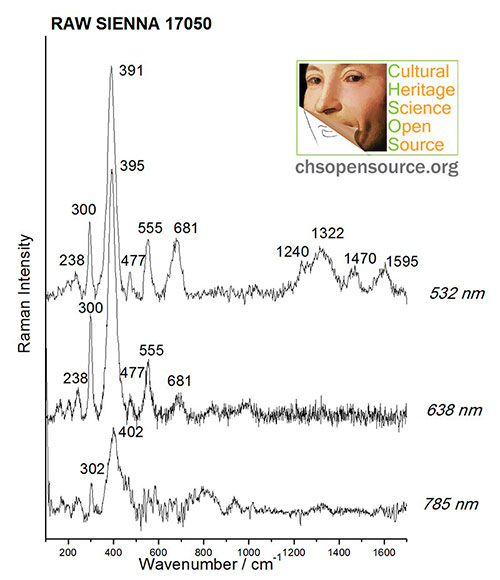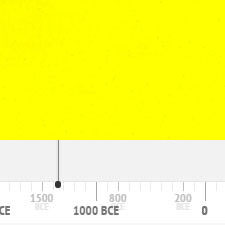Raw Sienna
Natural inorganic pigmentComposition and Properties of Raw Sienna
The main colour giving component of raw sienna is iron oxide but they also contain small amounts of manganese oxides. The pigment contains around 50% iron oxide and varying amounts of clay and quartz. Except for the content of manganese oxides, siennas are chemically not distinguishable from yellow ochres, but they differ significantly in colour.
The pigment is stable at high temperatures but not resistant against acids, is compatible with all other pigments and is often used in mixtures.

Pigment

Painted swatch
Names
Color Index
PY 43, CI 77492
Word origin
From the name of the city in central Italy, probably from Senones, the name of a Gaulish people who settled there in ancient times.
Siena natur
German
Terre de Sienne naturelle
French
Terra di Siena
Italian
Tierra de Siena natural
Spanish
Preparation of Raw Sienna
The traditional source of siennas has been the quarries near Siena in Italy.
History of Use
Raw and burnt sienna became known as pigments approximately in the middle of the 18th century when the quarrying of the raw material in the area of Siena in Italy started.
References
(1) David Hradil, Tomas Grygar, Janka Hradilova, Petr Bezdicka, Clay and iron oxide pigments in the history of painting, Applied Clay Science 22 (2003) 223–236
Identification
Fiber optics reflectance spectra (FORS)

Spectra by A. Cosentino, Cultural Heritage Science Open Source (CHSOS)
IR-Spectrum
(1) Kate Helwig, The characterisation of iron earth pigments using infrared spectroscopy, irug.org Postprints p. 83-92.
Raman Spectrum

Raman Spectrum in the Free Raman Spectroscopy Database of Pigments Checker, CHSOS website.
References
(1) Froment, F., Tournié, A., & Colomban, P., Raman identification of natural red to yellow pigments: ochre and iron-containing ores. Journal of Raman Spectroscopy, 39 (5), (2008) 560–568. doi:10.1002/jrs.1858
X-Ray Fluorescence Spektrum (XRF)
XRF Spectrum in the Free XRF Spectroscopy Database of Pigments Checker, CHSOS website.
Further Reading
References
(1) Helwig, K. Iron Oxide Pigments, in Artists’ Pigments, Berrie, B.H., Ed., National Gallery of Art Washington, 2007, pp 38 – 109.
(2) Cornell, R. M., & Schwertmann, U. The Iron Oxides: Structure, Properties, Reactions, Occurrences and Uses. Wiley 2006.
(3) Earth pigments tour website. Contains a colour map of many earth pigments.
(4) Hradila, David; Grygara, Tomáš; Hradilová, Janka; Bezdička, Petr. Clay and iron oxide pigments in the history of painting. Applied Clay Science 22, 2003, p. 230
(5) Andrea Manasse and Marcello Mellini, Iron (hydr)oxide nanocrystals in raw and burnt sienna pigments, Eur. J. Mineral.2006, 18, 845-853.
S. Muntwyler, J. Lipscher, HP. Schneider, Das Farbenbuch, 2nd. Ed., 2023, alataverlag Elsau, pp. 24-25.

